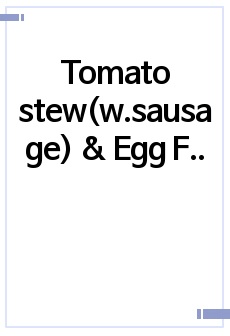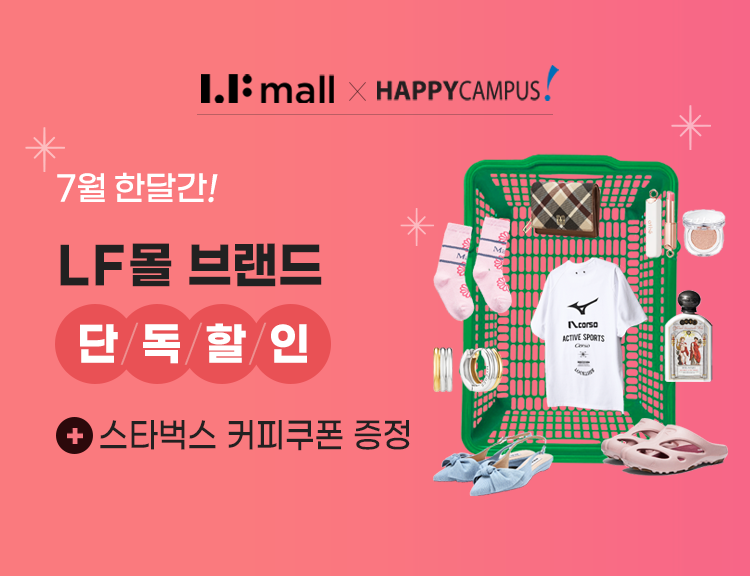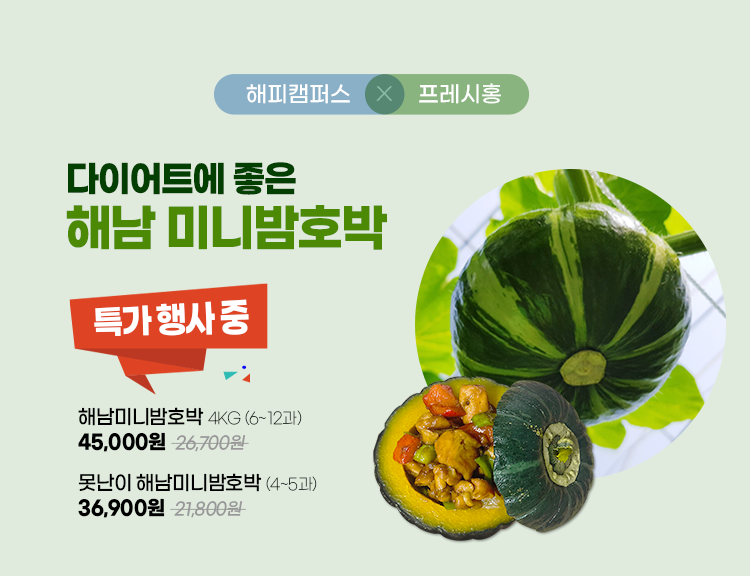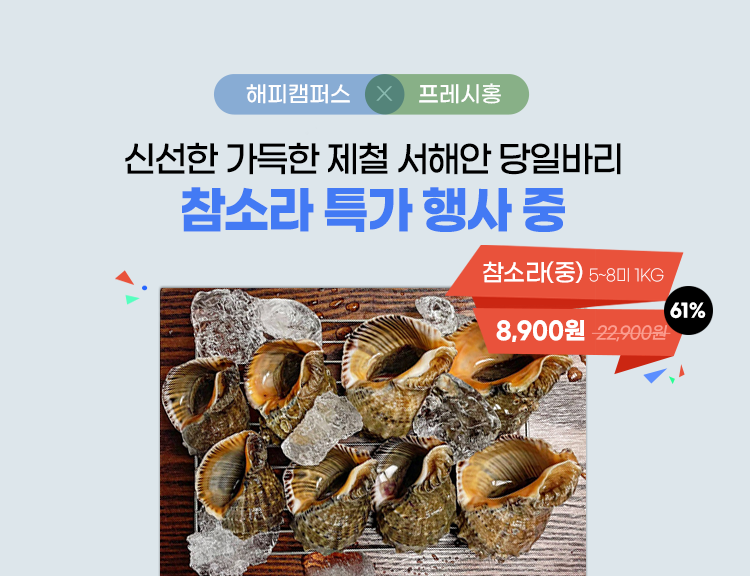ME, MYSELF, AND I: THE IMPACT OF SELF-CONSTRUAL AND IMAGECONGRUENCE ON CONSUMER PURCHASE INTENTION TOWARDS SUSTAINABLE GOODS
* 본 문서는 배포용으로 복사 및 편집이 불가합니다.
서지정보
ㆍ발행기관 : 글로벌지식마케팅경영학회(GFMC)
ㆍ수록지정보 : Global Marketing Conference
ㆍ저자명 : René Versteegh, James E Richard, Michelle Renton
ㆍ저자명 : René Versteegh, James E Richard, Michelle Renton
영어 초록
IntroductionWith environmental concern becoming a growing area for both the marketing academy and society, there is an increasing trend for consumers, governments, and society to deem environmental behaviours as both necessary, and desirable (Olsen, Slotegraaf, & Chandukala, 2014). There is a growing awareness around the negative impacts of human consumption developing amongst consumers and gaining greater focus in the media (Prothero, McDonagh, & Dobscha, 2010). However, despite the positive intentions surrounding the consumption of “green goods”, hitherto referred to as sustainable goods, a well-established gap exists between intention and behaviour (e.g., Carrington, Neville, & Whitwell, 2010; Hassan, Shiu, & Shaw, 2016). For example the United Nations Environment Program (2005) established that despite 40% of survey respondents indicating a willingness to purchase sustainable goods, only 4% did so. One lens through which the intention-behaviour gap can be viewed is the idea of the self. Individual identity has long been suggested as a driver of purchasing decisions (Grubb & Grathwohl, 1967). A consumer‟s aim to act both in accordance with their own identity, as well as how they see themselves in the context of society has been suggested to enhance purchasing (e.g., Graeff, 1996; Markus & Kitayama, 1991; Onkvisit & Shaw, 1987). This research seeks to use this idea of self, in the form of Self-Construal (SC), and Image- Congruence (IC), to enhance Purchase Intention (PI) towards sustainable goods. A contribution is sought by using consumers‟ sense of self to better understand the intention-behaviour gap. The proposed contribution benefits the marketing academy (furthering the understanding of consumer purchase intentions and behaviour), marketing practitioners (seeking to encourage behaviour change), and government policy makers (by furthering an understanding of possible nudges to influence behaviour). This research defines „sustainable goods‟, as characterising products with lower environmental impacts, including biodegradable, recycled, low energy, or reduced packaging (Costa Pinto, Herter, Rossi, & Borges, 2014). Sustainable goods have been suggested to present a perceived trade off to consumers, both in literature and the popular press (e.g., Consumer, n.d.-a, n.d.-b; Kaufman, 2014). Kaufman (2014) suggests that sustainable alternatives often carry a price premium, as well as a stigma of lower quality. An example of the trade off as presented in the popular press is through product testing by Consumer New Zealand, suggesting that household items such as eco-friendly (sustainable) laundry detergent come with a price premium, a reduction in efficacy, or both (Consumer, n.d.-a, n.d.-b). Therefore, this research hypothesises that sustainable goods may be perceived as an inferior (either by price or efficacy) product and thus consumers will perceive a trade off in their purchasing decision. This trade off can be summarised as; higher priced or less effective goods, in order to make an environmental contribution (e.g., reduced landfill, cleaner water). As such, it is argued consumers will be more willing to make this trade off where they are able to portray aspects of the self through the decision making process.
Conceptual Model
The aim of this study is: To investigate the impact of self-construal, and imagecongruence on consumers‟ purchase intention towards sustainable goods. In order to achieve the aim of this research, the following hypotheses are presented:
H1a: The more interdependent an individual‟s self-construal, the higher their purchase intention towards sustainable goods.
H1b: The more independent an individual‟s self-construal, the lower their purchase intention towards sustainable goods.
H2: The greater the image-congruence towards sustainable goods, the higher the purchase intention towards sustainable goods.
To illustrate the hypotheses the following conceptual model has been proposed:
Studies of self-construal (SC) have demonstrated that individuals fall into two categories, independent and interdependent SC (Markus & Kitayama, 1991). Individuals with independent SC emphasise being unique and expressing their self and promoting their individual goals (Arnocky, Stroink, & DeCicco, 2007); conversely those with interdependent SC define their sense of self largely on relationships and a sense of harmony with others (Markus & Kitayama, 1991). Therefore, interdependent selfconstrual may drive purchasing activity of socially desirable goods. The alignment of products to a consumer‟s self-concept has long been considered a predictor of purchasing behaviour (Grubb & Grathwohl, 1967). The alignment between a product and the self-concept of a consumer is known as image-congruence and leads to an increased likelihood of purchase (Graeff, 1996; Onkvisit & Shaw, 1987). Conversely, where a product is not congruent with an individual‟s image the likelihood of purchase is reduced (Graeff, 1996; Onkvisit & Shaw, 1987). Purchase intention (PI) as used in this research is defined as a consumers‟ plan to purchase sustainable goods, meeting the criteria outlined previously, in the near future. The Brand Loyalty Intentions scale has been adapted for use in measuring PI (Algesheimer, Dholakia, & Herrmann, 2005), with the addition of a time definite item, „I will purchase sustainable products within the next six months”. SC is expected to impact PI as interdependent and independent people behave differently. Those with an interdependent SC behave in line with the expectations of society (Ybarra & Trafimow, 1998). Protection of the environment is seen as desirable behaviour by society (Olsen et al., 2014), thus leading to those with an interdependent SC consuming in line with this expectation. Conversely, individuals with independent SC are more likely to prioritise their individual benefits and are thus more likely to prioritise the lower price, or increased efficacy of non-sustainable products. IC is expected to impact PI as those whose self-concept is connected to the environment and sustainable goods, are expected to have an intent to purchase in line with their selfimage (Graeff, 1996; Onkvisit & Shaw, 1987). As such, individuals with image congruence to sustainable goods will be more willing to accept a trade off in order to consume in line with their own self-concept.
Method
Two phases of data collection were conducted to test the proposed model. An initial pretest, followed by a larger sample. A pre-test consisting of 258 participants was recruited through a Qualtrics research panel. Of the 258 participants, 15 were denied entry to the survey for being under 18 and 39 participants were deleted for non-completion of the survey. A final sample size of 204 participants (103 Male, 101 Female, mean age range 30-34) was collected. Reliability analysis was used to determine the internal reliability of the scales used to measure the model. Reliability analysis was performed to ensure the adequacy and reliability of scales; a regression analysis was further performed to determine model fit as well as the strength and direction of variable relationships (Field, 2013). The second phase of data collection consisted of 554 participants, recruited through a Qualtrics research panel. Of the 554 participants, 24 were denied entry to the survey for being under 18 and 98 participants were deleted for non-completion of the survey. A final sample size of 432 participants (226 Male, 206 Female, mean age range 35-39) was collected. Reliability analysis was again performed to ensure the adequacy and reliability of scales; further regression analysis was performed to determine model fit as well as the strength and direction of variable relationships (Field, 2013), discussion and conclusions were drawn from this second phase of data collection.
Results
Phase 1: Pre-Test
The three variables in the model were measured using three established scales, one of these scales consists of two sub-scales, for a total of four analysed scales. All reported acceptable reliability (Cronbach's α > .70). Self-construal – interdependent (α = .854), self-construal – independent (α = .837), image-congruence (α = .913), and purchase intention (α = .899) A regression analysis was used to determine the strength and direction of the variable relationships. The overall model fit was R2 = .434. H1a was supported (β = .284, p = .004), as was H2 (β = .449, p < .001). H1b demonstrated a significant relationship (β = .231, p = .025), however, contrary to H1b, the relationship was positive, albeit to a lesser extent than in H1a.
Phase 2: Final Data Collection
As in phase 1, all scales used reported acceptable reliability (Cronbach's α > .70); selfconstrual – interdependent (α = .871), self-construal – independent (α = .867), imagecongruence (α = .920), and purchase intention (α = .900). As in the pre-test a regression analysis was used to test the stated hypotheses. The overall model fit was R2 = .478. H1a was supported (β = .284, p < .001), as was H2 (β = .546, p < .001). H1b demonstrated a significant relationship (β = .206, p = .05), again however, contrary to H1b, the relationship was positive, albeit to a lesser extent than in H1a.
Discussion and Conclusion
Two phases of data collection both yielded similar results in support of H1a, H1b and H2. H1a and H2 were supported, H1b in both phases of data collection and analysis yielded significant results, but not in line with the predicted direction of the relationship. H2 was fully supported with image-congruence found to be the strongest predictor of purchase intention (p < .001, β = .546). H1a was similarly fully supported with self-construal – interdependent found to be the second strongest predictor of purchase intention (β = .284, p < .001). The strength and direction of the H1a relationship suggests that individuals who see themselves as part of a broader society may be more inclined to purchase in a manner beneficial to this society. H1b yielded a significant relationship (β = .206, p = .05), however, as a positive predictor of purchase intention, the relationship was the opposite of that hypothesised. As the third strongest predictor, the relationship between self-construal – independent and purchase intention, suggests that strong focus on the self, independently of others, does not necessarily lead to a less „pro-social‟ purchasing pattern. By positing the strength of image-congruence as a driving factor in consumer‟s purchasing decisions towards green products, this research enhances the academy‟s understanding of „pro-social‟ purchasing. The understanding of the impact of selfconstrual on „pro-social behaviour is also enhanced. Hypotheses derived in line with extant literature suggest that those with an independent self-construal would be less likely to purchase „pro-social‟ goods where there is a perceived detriment to the individual (e.g. in the case of a trade-off). However, this research suggests that those with an independent self-construal may still desire „pro-social‟ products, just to a lesser degree than those with an interdependent self-construal. Thus, findings from this research suggest that independence and interdependence may act as moderators or mediators to other variables. For practitioners it is important to understand the types of psychological appeals that can be made in marketing materials.
Future Research
Future research around image-congruence, self-construal and purchase intention should examine the relationship between these and the possibility of mediation or moderation in the model. Despite strong support in the literature an independent SC also acted as a strong predictor of sustainable goods purchase intention therefore, further analysis to explore the possibility of independent self-construal acting as a mediator or moderator should be conducted.
참고 자료
없음"Global Marketing Conference"의 다른 논문
 THE ROLES OF GREEN PACKAGING IN UGLY FOOD PURCHASE INTE..22페이지
THE ROLES OF GREEN PACKAGING IN UGLY FOOD PURCHASE INTE..22페이지 THE IMPACT OF INDUCED AWE ON ETHICAL TOURIST BEHAVIORS5페이지
THE IMPACT OF INDUCED AWE ON ETHICAL TOURIST BEHAVIORS5페이지 A BIBLIOMETRIC ANALYSIS OF SPIRITUAL TOURISM RESEARCH15페이지
A BIBLIOMETRIC ANALYSIS OF SPIRITUAL TOURISM RESEARCH15페이지 SOCIAL NETWORK ANALYSIS AND RESPONSE TIME TESTING: CONS..11페이지
SOCIAL NETWORK ANALYSIS AND RESPONSE TIME TESTING: CONS..11페이지 THE EFFECTS OF PARA-SOCIAL INTERACTION ON ONLINE CELEBR..3페이지
THE EFFECTS OF PARA-SOCIAL INTERACTION ON ONLINE CELEBR..3페이지 THE INFLUENCE OF OPINION LEADERS ON DAILY DEALS USER’S ..3페이지
THE INFLUENCE OF OPINION LEADERS ON DAILY DEALS USER’S ..3페이지 HOW IMMERSIVE RETAILING AFFECTS CONSUMERS’ URGE TO BUY:..6페이지
HOW IMMERSIVE RETAILING AFFECTS CONSUMERS’ URGE TO BUY:..6페이지 KEY TO SUPERSTARDOM IN A GLOBALISED MARKET: THE ROLE OF..6페이지
KEY TO SUPERSTARDOM IN A GLOBALISED MARKET: THE ROLE OF..6페이지 A POST-PANDEMIC LOOK AT TOURISTS’ PERCEIVED COOLNESS OF..4페이지
A POST-PANDEMIC LOOK AT TOURISTS’ PERCEIVED COOLNESS OF..4페이지 EXTRACTING OFFLINE RETAIL SHOPPING PATTERNS: OLLABORATI..5페이지
EXTRACTING OFFLINE RETAIL SHOPPING PATTERNS: OLLABORATI..5페이지




























